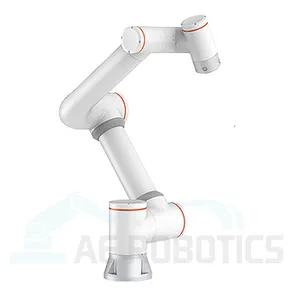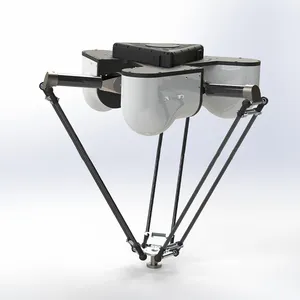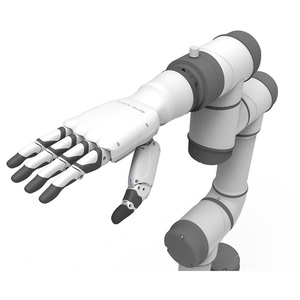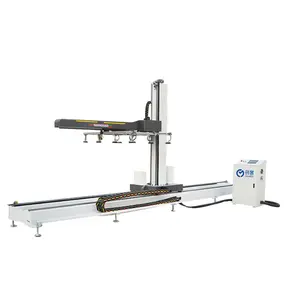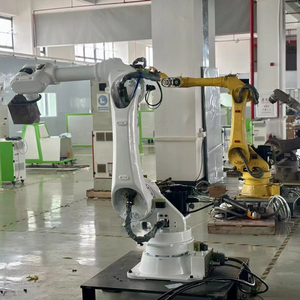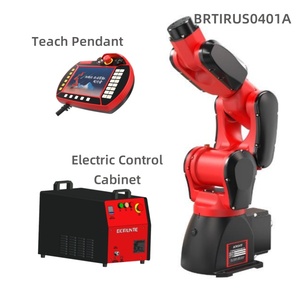An Use Of Factory Robot












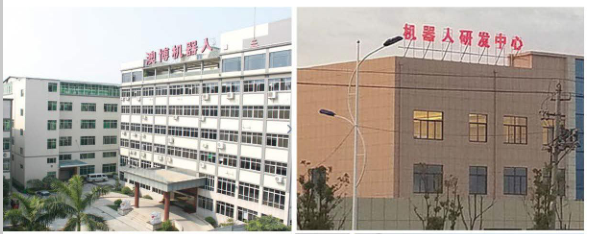



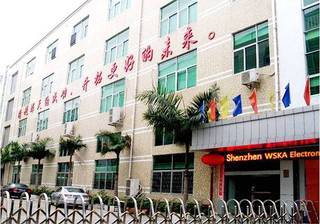


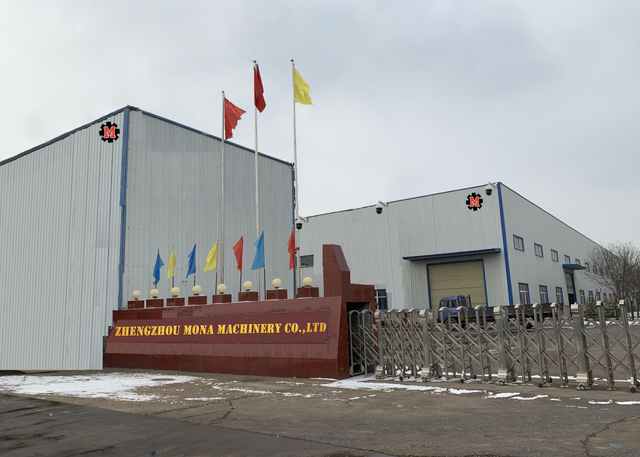















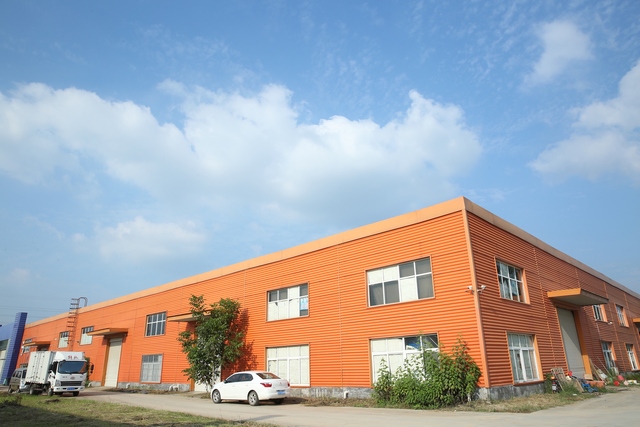



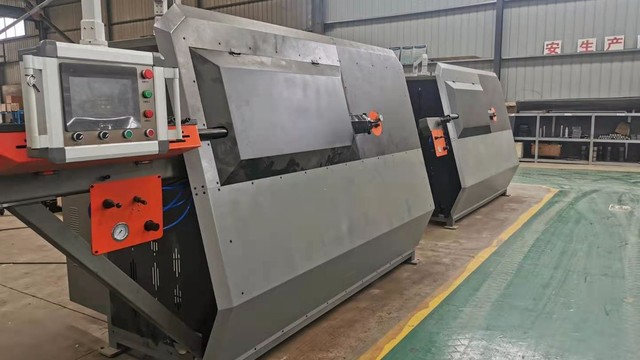






About an use of factory robot
Where to Find Factory Robot Suppliers?
China remains the global epicenter for industrial robotics manufacturing, with key supplier clusters concentrated in Shandong and Shanghai. These regions host vertically integrated production ecosystems that combine precision engineering, automation R&D, and scalable assembly lines. Shandong’s machinery corridor supports high-volume output of articulated and collaborative robots (cobots), leveraging proximity to steel and electronics supply chains to reduce component costs by 15–25%. Shanghai-based suppliers specialize in intelligent service and logistics robots, benefiting from advanced AI integration and access to semiconductor sourcing networks.
The industrial clusters enable rapid prototyping and batch production, with most facilities operating under ISO-compliant quality systems. Buyers gain access to mature infrastructure where design, machining, testing, and packaging occur within consolidated zones, reducing lead times to 30–45 days for standard configurations. Economies of scale allow competitive pricing, particularly for cobots and automated guided vehicles (AGVs), while localized supply chains support flexible customization in payload capacity, reach, and control interfaces.
How to Choose Factory Robot Suppliers?
Selecting reliable partners requires systematic evaluation across technical, operational, and transactional dimensions:
Technical Compliance & Design Validation
Verify adherence to international safety and performance standards such as ISO 10218 (industrial robots) and ISO/TS 15066 (collaborative robots). For export markets, CE or UL certification is essential for regulatory clearance. Request documentation on motor torque, repeatability (±0.02–0.05mm typical), and IP ratings for dust/water resistance. Confirm software compatibility with common industrial protocols (e.g., Modbus, PROFINET).
Production Capability Assessment
Evaluate core manufacturing indicators:
- Minimum 3,000m² facility area to ensure dedicated assembly and testing zones
- In-house CNC machining, welding, and control system integration capabilities
- Dedicated R&D teams focused on motion algorithms, end-effector integration, and HMI development
Cross-reference declared output capacity with verified on-time delivery rates (target ≥90%) and reorder frequency to assess operational reliability.
Procurement Safeguards
Utilize secure payment mechanisms such as escrow services until post-delivery verification. Prioritize suppliers with documented quality control processes, including pre-shipment functional tests and calibration reports. Conduct video audits to validate factory conditions and inventory management. Sample testing is critical—assess cycle time accuracy, load stability, and emergency stop response before scaling orders.
What Are the Best Factory Robot Suppliers?
| Company Name | Location | Online Revenue | On-Time Delivery | Reorder Rate | Avg. Response | Main Product Focus | Customization Options | Min. Order Quantity |
|---|---|---|---|---|---|---|---|---|
| Ae Robotics Co., Ltd. | Shandong, CN | US $40,000+ | 100% | 20% | ≤5h | Collaborative Robots, Palletizing Cobots | Color, material, size, logo, packaging | 1 set |
| Shanghai Mi City Industrial Co., Ltd. | Shanghai, CN | US $340,000+ | 100% | 15% | ≤2h | Service Robots, AGVs, Cooking Robots | Not specified | 1 set |
| Jinan Stark Machinery Equipment Co., Ltd. | Shandong, CN | US $80,000+ | 90% | 22% | ≤1h | Articulated Robots, Collaborative Arms | Not specified | 1 unit |
| Jinan Lingyu International Trade Co., Ltd. | Shandong, CN | US $40,000+ | 100% | <15% | ≤1h | CNC-Integrated Robotic Arms, Welding Robots | Color, material, size, logo, packaging | 1 set/bag |
| Guangzhou Aobo Robot Technology Co., Ltd. | Guangdong, CN | - | - | <15% | ≤3h | Humanoid Robots, Delivery & Reception Robots | Not specified | 1 piece/case |
Performance Analysis
Ae Robotics and Jinan Stark demonstrate strong customer retention (20%+ reorder rate), indicating satisfaction with product performance and support. Shanghai Mi City leads in responsiveness (≤2h) and online transaction volume, reflecting robust operational infrastructure despite a lower reorder rate. All top-tier suppliers offer MOQs of 1 unit/set, facilitating low-risk sampling. Jinan-based manufacturers emphasize customization flexibility, particularly in branding and mechanical configuration. Suppliers with full CNC and welding capabilities—such as Jinan Lingyu—are better positioned for OEM/ODM projects requiring tight tolerances and rapid iteration.
FAQs
How to verify factory robot supplier reliability?
Validate certifications through issuing bodies and request test reports for key parameters: payload accuracy, positioning repeatability, and endurance cycles. Analyze transaction history for consistent on-time delivery and review feedback on after-sales technical support. Video audits can confirm in-house production versus outsourcing.
What is the average lead time for robot samples?
Standard sample production takes 15–30 days depending on complexity. Collaborative arms and AGVs typically ship within 20 days, while customized solutions with specialized end-effectors may require up to 45 days. Air freight adds 5–10 days for international delivery.
Can suppliers integrate robots with existing production lines?
Yes, many suppliers offer integration support for PLCs, conveyors, and vision systems. Confirm compatibility with fieldbuses like EtherCAT or CANopen. Some provide simulation files (e.g., STEP models, ROS packages) for pre-installation validation.
Do factory robot suppliers offer free samples?
Free samples are uncommon due to high unit value. Most suppliers charge 30–70% of the list price for evaluation units, which may be credited toward bulk orders exceeding 5–10 units.
What customization options are available?
Common modifications include extended reach (up to 1,500mm), increased payload (5–20kg), food-grade materials for hygienic environments, and custom control interfaces. Branding options often cover color schemes, engraved logos, and packaging design. Suppliers with in-house engineering teams can develop application-specific firmware and tool changers.







